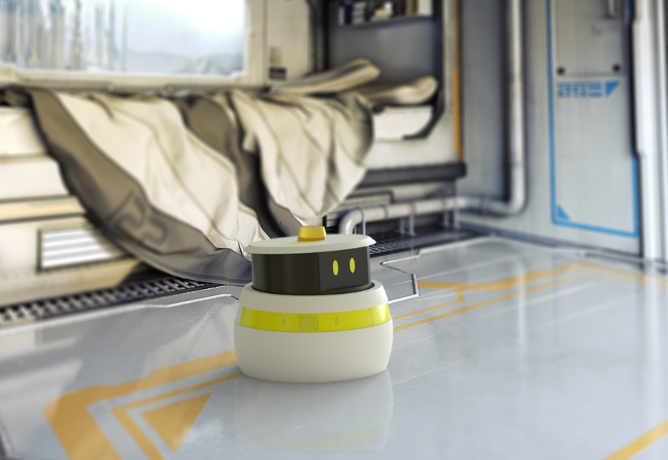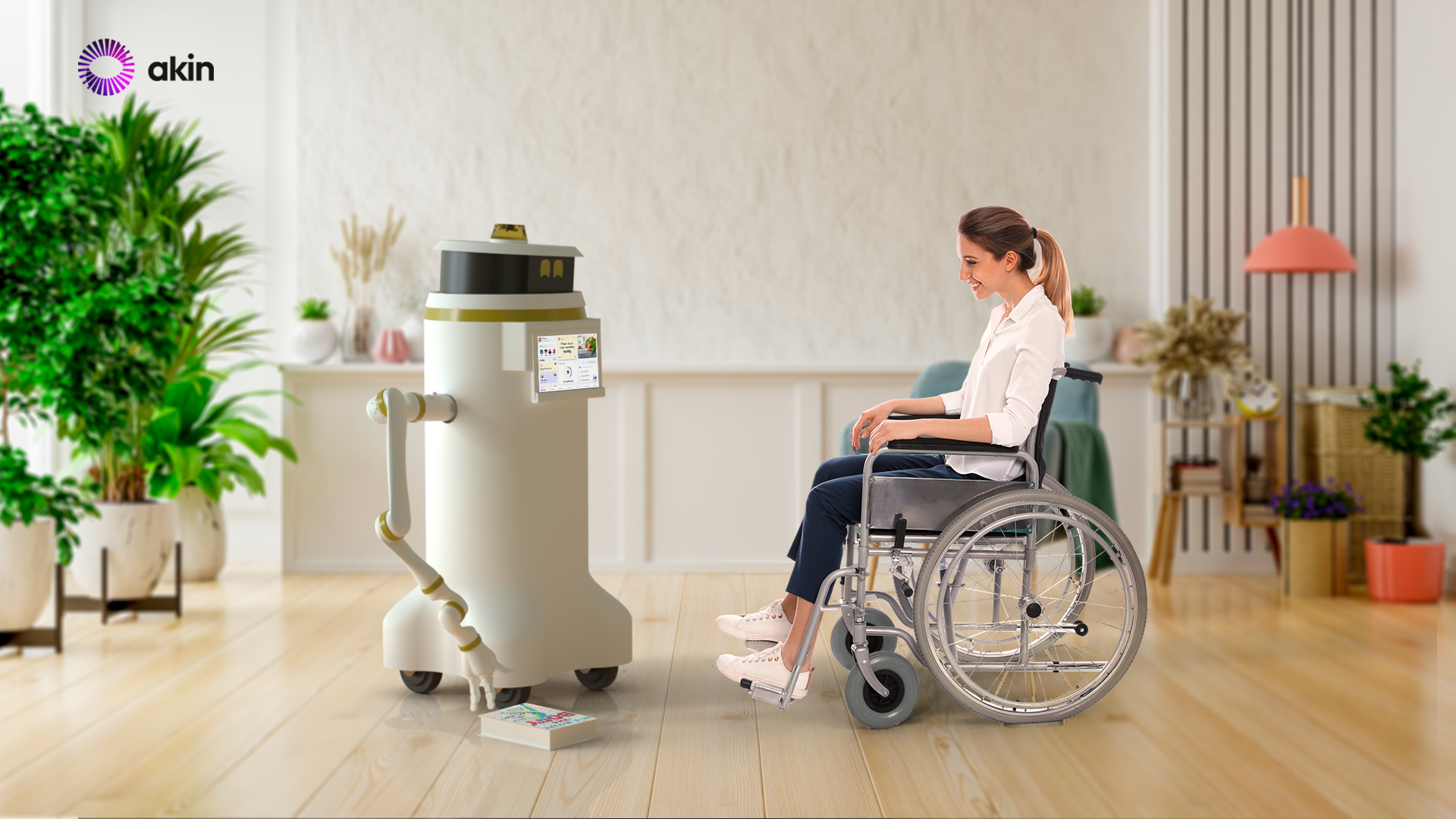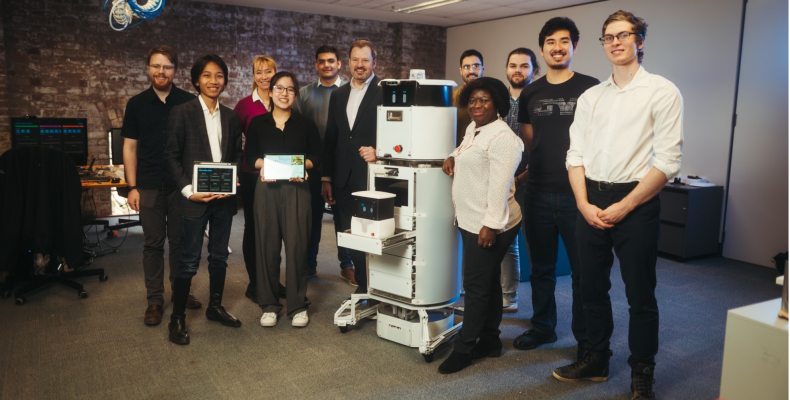AI is a massive emerging market. The space environment has driven many of its innovative applications.
aKin Australia have developed their own proprietary AI. It is foundation model AI, and is able to handle tasks classic Generative AI cannot handle. It is not limited to single-turn prompts, but can handle complex problems.
The AI must work in an environment without cloud compute resources, so it has been designed to be more efficient and less reliant on brute-force learning. This is a significant given development the costs of running generative AI foundation models.
These AI also need to work in collaboration with humans. They need to have empathy, have true understanding of the environment they are operating in, and not be subject to any hallucinations – to meet the compliance requirements of space.
Companionship in space
aKin’s AI software and robots can monitor and aid people living in challenging environments. Space is the most difficult habitat imaginable – psychologically and physically. Astronauts live and work in confined spaces alone or beside the same people for months, or even years. Space travel and microgravity pushes the human body to extreme limits.
Human emotions are fragile in high pressure situations. aKin’s AI assistant can not only respond with empathy, but even anticipate the needs of the crew on a space mission.
Access to psychologists may be a call away on the International Space Station in low earth orbit. But in deep space, or a future mission to Mars, the delays in communications can be hours or more.
Assisting future missions
aKin developed an advanced habitat manager and robots for space applications back in 2020.

for habitat management. Photo credit: aKin
‘The grant gave us a 3-year head start on the industry, and today we are in one of the hottest markets on the planet – generative AI,’ aKin Founder and CEO Liesl Yearsley said.
‘We have useful robots that can work alongside astronauts, or any humans for that matter. The AI can work across the space sector and beyond, from conversation to complex systems management to human wellbeing and more.’
aKin’s AI can manage control systems that could help humans live on a lunar base. Their software will be adapted for space stations and is already in use in homes on Earth.
‘We have adapted the robots and AI for dual use, to have social impact,’ Ms Yearsley said.
Assistive tech at home
aKin’s assistive technology supports independent living and wellbeing for people with disability, even though the AI was first designed for space. The avatars and robots have deep emotional intelligence. Their human persona is useful in the home. It can improve quality of life for people with disability, aKin are moving into Phase 2 clinical trials, and have products in daily use in homes today.
One example is aKin’s Hey Pixi. This AI can help with meal plans, grocery orders, mental health goals and making time to connect with support networks and loved ones. The friendly and helpful robot ‘cupcake’ has also been in ’with person’ clinical trials and will be progressing to domestic use in 2024 as a low-cost assistive technology.
Ms Yearsley said aKin’s focus was on ‘independence, wellbeing and human dignity’.
‘Here at aKin, we’ve built robots and AI that care,’ aKin Program Director Muhammad Arfin said.
The company spent around 3 years co-designing their technology alongside people with disabilities.

Supporting the National Disability Insurance Scheme (NDIS)
‘Two thirds of all participants in NDIS have intellectual disability, psychosocial disability or neurodiversity as their primary diagnosis,’ Ms Yearsley said.
‘We are a public benefit corporation, and are in advanced clinical trials on using the robots/AI to support people with mobility disability (for example, spinal cord injury), and intellectual or cognitive disability (acquired brain injury, autism, PTSD etc),’ she added.
Products like the Zero, a small robot, have been adapted for people living with mobility issues, such as spinal cord injuries. People with intellectual disability will benefit from the habitat manager AI’s adaptation for cognitive augmentation. This can assist people with traumatic brain injury, psychosocial disability, neurodiversity, and other cognitive disabilities.
‘We have adapted the technology as an ambient AI platform for domestic use, disability support and the health sector. The ambient AI and robotic assistants are live in homes today. We are expanding our traction in deep AI analytics for health insurance and government partners.’

